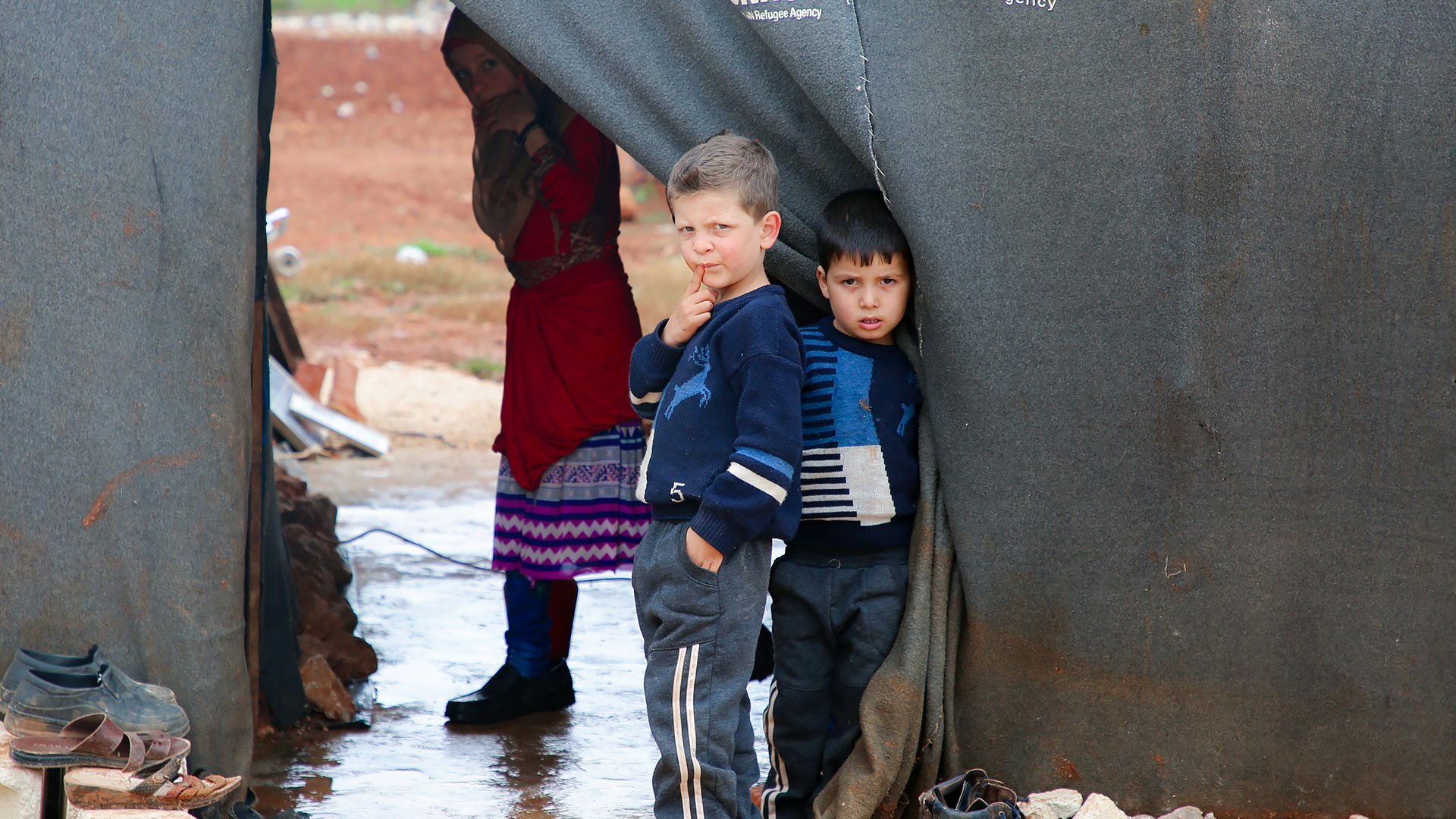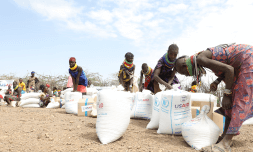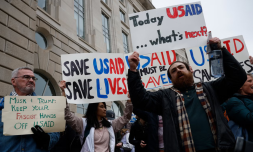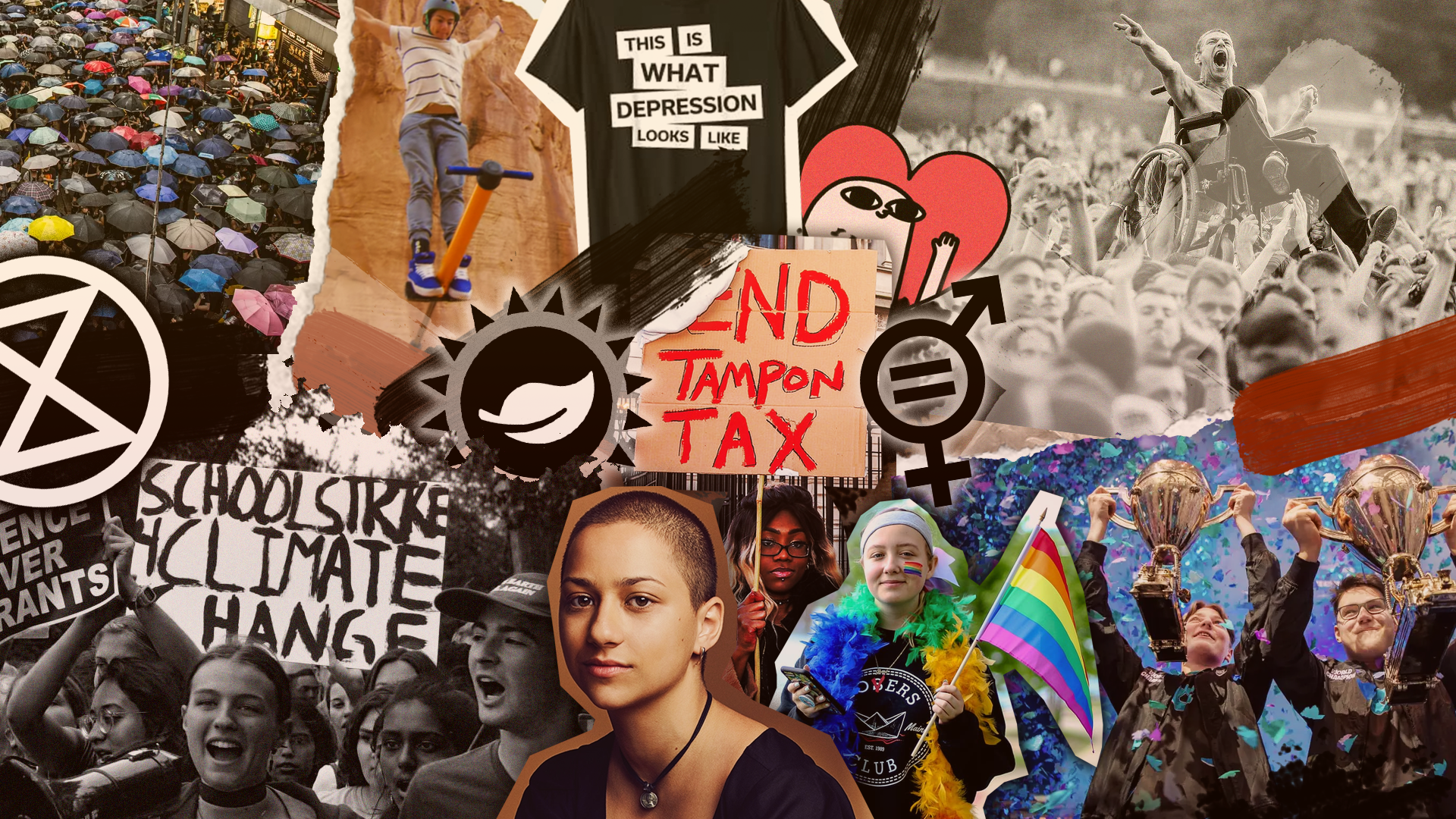Months since the order was given, the gap left in foreign aid spending by the US is so vast that no other nation has been able to fill it, especially when most are redirecting funding to the defense industry.
4 months ago, the Trump administration moved to cut USAID spending. Spearheaded by what was once Elon Musk’s DOGE, the government was driven to reduce its overall expenditures and eliminate what the administration viewed as ‘wasteful’ foreign programs.
Now, the loss of funding is starting to hit many nations globally, leaving their citizens stranded and helpless. Thus, the question arises: Is it possible to fill the global foreign aid gap left by the US?
Since John F. Kennedy’s administration, USAID has expanded to become the world’s largest foreign aid provider, accounting for 40% of all aid. Last year, the rest of the world accounted for $149 billion of foreign aid, while the US alone spent $63 billion. That’s roughly 30% of 2025’s cumulative global foreign aid.
Despite this dependence, the Trump administration announced its intention to terminate 83% of programs and $54 billion in multi-year contracts upon its assumption of power.
After the cut was announced, The Lancet published a major study evaluating the impact of the USAID before and after the cuts. Between 2001 and 2021, the agency managed to prevent 91.8 million deaths worldwide across 133 low- and middle-income countries.
Bill Gates is warning of a global health catastrophe. In a series of posts and interviews, the Microsoft co-founder is calling on the Trump administration to reverse its cuts to foreign aid, especially to global vaccine programs and HIV treatment centers.https://t.co/yq9H0wtNap
— Gizmodo (@Gizmodo) July 14, 2025
The study estimated that the cuts could lead to over 14 million additional deaths worldwide by 2030, including 4.5 million children under five. Key causes of these deaths are HIV/AIDS, malaria, and neglected tropical diseases, including a reversal of the 40% decline in maternal mortality achieved in the last 23 years.
The deaths stem from diminished access to vital health services, with clinics closed, health workers being dismissed, and supplies dwindling. Preventive programs for immunization, family planning, and disease control were halted. Those in need are left without basic healthcare support, increasing their vulnerability.
Undeterred and progressing with the drastic cuts, the cold-blooded nature of the Trump administration is on full display. Their America First policy has led the US to reverse its stance on the geopolitical stage, prompting the world to question the future of foreign aid in the absence of the nation.





















